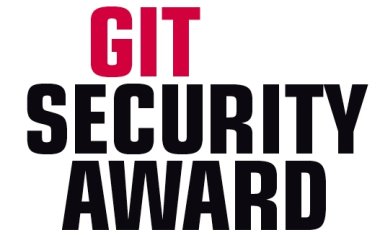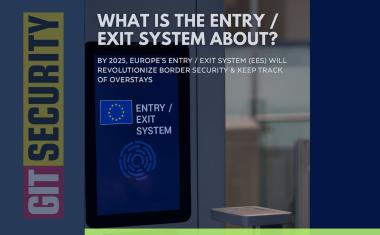The Principle of Least Privilege in Physical Access Control
Today’s access control systems must go beyond granting access — they must enforce it with purpose. That’s where the Principle of Least Privilege (PoLP) comes in. Originally a foundational concept in cybersecurity, PoLP is rapidly becoming essential in physical access control as well. At its core, this process is about ensuring every person has just enough access privilege to perform their required task — and nothing more.
By Gregory Alcorn, Director of Sales - UK & Ireland, acre security
With new access control solutions, organizations can bring the least privilege strategy from theory into action — simplifying compliance, improving security, and delivering a smarter way to manage access.
content:
- What is the Principle of Least Privilege in Access Control?
- Why Physical Security Needs Least Privilege Now
- How Access Control Enables Granular, Dynamic Permissions
- Access Request: Enforcing Temporary Access with Least Privilege
- Benefits of a Least Privilege Access Model
- Modern Security Starts with Least Privilege
What is the Principle of Least Privilege in Access Control?
The Principle of Least Privilege states that users should only be granted the minimum level of access required to complete a specific task. It’s a key pillar of zero trust architecture and increasingly vital in today’s modern physical security landscape.
In the context of physical access control, PoLP means:
- Assigning granular access control based on role, time, and location
- Limiting access to sensitive areas unless explicitly approved
- Automatically revoking access after it’s no longer needed
- Ensuring that staff, contractors, and visitors only go where they need to go — not where they might need to go
By reducing unnecessary permissions, organizations can minimize insider risk, reduce the chance of credential misuse, and improve auditability.
Why Physical Security Needs Least Privilege Now
Modern work environments are dynamic. Employees are mobile, visitors are frequent, and contractors come and go. With hybrid working models being used frequently, manually managing access rights becomes inefficient and risky.
Without least privilege, organizations tend to:
- Over-permission users “just in case”
- Leave temporary access active far too long
- Struggle to track who has access to what — and why
The result? A larger attack surface, more human error, and reduced accountability.
How Access Control Enables Granular, Dynamic Permissions
With advanced access control platforms, least privilege becomes operational — not just aspirational.
Here’s how to make it practical:
- Granular Role-Based Access Control (RBAC): Define who can access what, where, and when down to the individual door or zone.
- Dynamic Rules and Time-Based Permissions: Automate expiration, escalation, or review processes to prevent "access creep.”
- Contextual Access Decisions: Leverage integrations (examples include visitor booking systems and HR platforms) to adapt access based on project status, location, or credentials.
Access Request: Enforcing Temporary Access with Least Privilege
An Access Request feature is a tool that allows users or approvers to request one-time or time-bound access to specific areas, offices and locations — whether for meetings, site visits, or project work.
Here’s how it brings PoLP to life:
- On-Demand Access, with boundaries: Users can request access with a clear business purpose. Permissions are scoped, time-limited, and automatically revoked once complete.
- Structured Approvals: Empower team leaders or facilities managers to approve access requests with full visibility into location, duration, and justification.
- Auditable by Default: Every access grant is logged, with details of who approved it and why — supporting compliance and internal audits.
- Integrated Journeys: Whether it’s a visiting employee, contractor, or VIP guest, access is provisioned intelligently and revoked automatically.
Benefits of a Least Privilege Access Model
As organizations grow, manually assigning and updating access levels becomes a risk multiplier. The benefits of using Access Request gives customers a centralized and efficient way to enforce the least privilege in physical access control without adding administrative overhead.
Overall, this approach is:
- More secure: Reduces excessive access and improves response time if a credential is compromised.
- More agile: Supports hybrid work, temporary projects, and partner ecosystems without compromising control.
- More accountable: Real-time reporting and audit trails ensure complete transparency.
Ultimately, a least privilege model leads to smarter, more intentional access — one that adapts to business needs without overexposing your infrastructure.
Modern Security Starts with Least Privilege
As organizations move toward zero trust physical security models, the principle of least privilege is no longer optional — it’s essential.
With advanced access control features like Access Request, your access strategy become more dynamic, more accountable, and more secure. Ready to see what’s possible?
Author: Gregory Alcorn, Director of Sales - UK & Ireland, acre security












